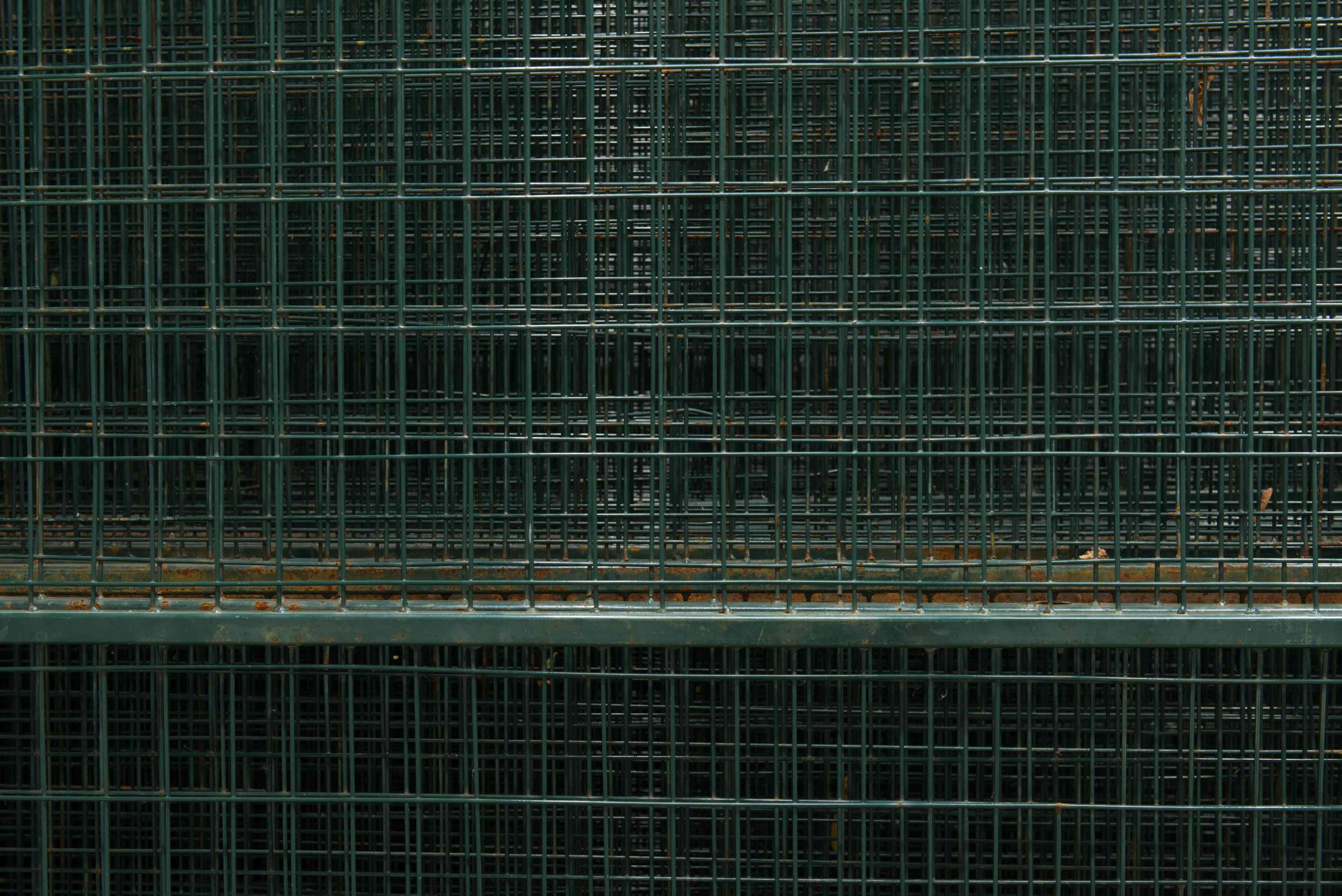
Detention
Tings Chak, Sheena Hoszko
A Space Main Gallery
January 23 – March 14, 2015
Essay by: Ayesha Basit
Artist talks 5-6pm on Friday January 23rd, with the opening reception following the talks.
When compared to other countries in the Western world, migrant detention in Canada is unique. Notoriously, Canada does not follow recognized international human rights norms for migrant detainees; for example, in addition to the three immigration detention centres that exist in the country currently, Canada uses maximum security prisons to hold detainees for ‘administrative’ purposes. There is currently no independent monitoring of conditions inside of detention centres (in which Canada also incarcerates children) or over the Canada Border Services Agency (CBSA), Canada’s immigration enforcement body. The work of Tings Chak and Sheena Hoszko responds to this egregious denial of justice and dignity. Their works not only attempt to make visible an often invisible migrant prison population, but also locate and formulate the hidden spaces in which violence is inflicted on the bodies of migrants in Canada.
Biographies
Tings Chak is a multidisciplinary artist and architect whose work draws inspiration from anti-colonial, migrant justice, prison abolition, and spatial justice struggles. She is an organizer with No One Is Illegal – Toronto and the End Immigration Detention Network. She received her Master of Architecture from the University of Toronto where she was awarded the Kuwabara-Jackman Thesis Gold Medal for her research on immigration detention centres in Canada. This work was published as a graphic novel, Undocumented: The Architecture of Migrant Detention (The Architecture Observer 2014).
Born in Outaouais, Quebec, Sheena Hoszko examines sculptural materiality as it relates to institutional power dynamics by mapping geographic sites on a 1:1 scale. Her most recent projects, which translate detention centres and prisons, stem from her family’s experiences with incarceration. She studied at the Emily Carr University of Art + Design and obtained a MFA from Concordia University where she received a SSHRC grant for her research. Her projects have been shown in Argentina, Germany, Scotland, and Canada. She is currently artist in residence at the Santa Fe Art Institute (Santa Fe, NM) as part of their Food Justice programming. Hoszko lives in Montreal where she also works with rad folks as a non-profit bookkeeper.
Ayesha Basit is completing a doctorate in Urban Planning and organizes with No One Is Illegal Toronto. Her work is mainly concerned with migration, the ordering of space, and violent landscapes.